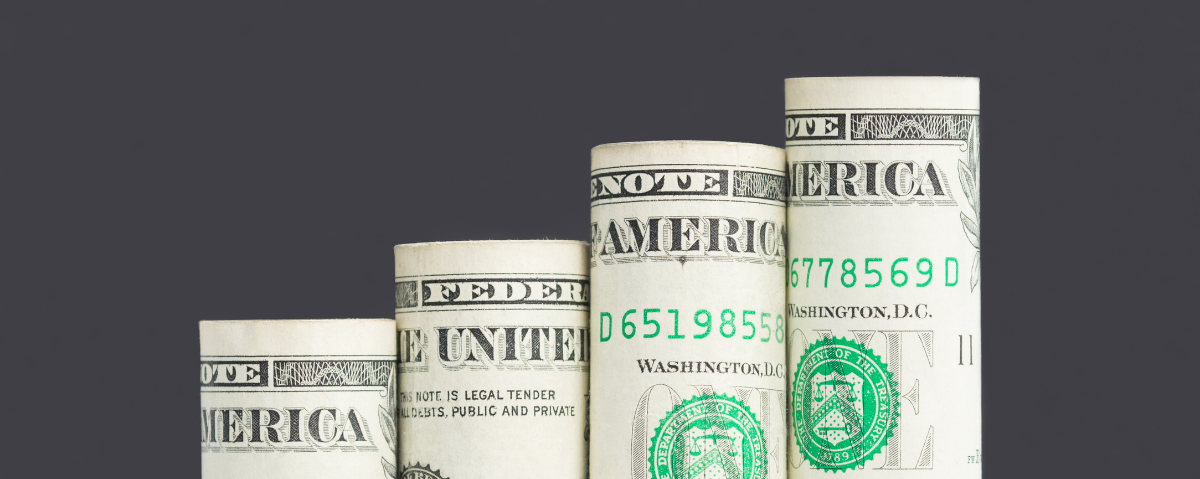
On January 12th, 2022, the Bureau of Labor Statistics (BLS) announced that the Consumer Price Index (CPI) rose 7% for the 12 months ending in December 2021, noting that this is “the largest 12-month increase since the period ending June 1982.”
Faced with eye-popping numbers, businesses need to have a strategy for how to wrangle inflation. This typically means passing along B2B pricing increases to combat incoming cost increases from your suppliers and to keep your margins whole.
Thankfully, I’m here to help. My first job out of college was as an economist for the BLS. I’ve dealt with these statistics up close and personal, so I can offer three pieces of advice for creating your inflation mitigation plan.
Inflation Doesn’t Increase at the Same Rate Everywhere
The entire economy did not see the same 7% inflation. Energy commodities saw the largest increase (+48.9%), followed closely by used cars and trucks (37.3%). However, other sectors such as shelter (4.1%) and medical care commodities (0.4%) saw modest increases or were close to flat.
Your product portfolio likely exhibits the same “lumpiness” in cost increases, where some products are way up and others have barely risen at all. Avoid the impulse to slap on a peanut butter spread of X% across everything. Rather, target B2B pricing increases where costs have increased the most, and provide a rationale to your sellers and customers for why your costs have gone up. For example, the hardest-hit products may have to go up 5-10% based on their underlying commodities; others may be up 2-3%, and still others may not move at all.
Inflation is Measured in Multiple Ways
In addition to the CPI, the BLS also publishes the Producer Price Index (PPI). The CPI measures the total value of goods and services that consumers have purchased over time, while the PPI measures inflation from the perspective of producers. Many times, the PPI is a more relevant measure for B2B manufacturers and distributors to cite when discussing inflation.
Moreover, the PPI publishes specific industry and commodity indices that can be used to support a price discussion. The Top Picks PPI tool can provide the data to support the rationale behind increases mentioned in the previous point.
Inflation May Be a Double-edged Sword in B2B Pricing
Using inflation as cover for increasing prices can come back to bite you when commodity costs decrease. B2B customers tend to have long memories and professional buyers, so you can rest assured that when costs come down customers that saw big increases when inflation was up will knock on your door and ask for cost relief.
The B2B pricing teams I work with tend to handle this risk in two ways:
- Rocket-and-Feather Pricing – When commodity prices go up, push through price increases right away. When they return to earth, wait a few weeks or months before resetting prices to lower levels. It’s possible that your customers will have acclimated to the new, higher price level and won’t ask for relief.
- Price Based on Value – Understanding what products your customers need, segmenting customers that look alike, and charging each customer-product segment a fair price based on their purchase history is the best way to build durable, value-based pricing.
No matter which route you choose, understand that inflation will not provide cover to raise prices forever.
How Can Vendavo Help?
For B2B pricing teams, managing prices is challenging in normal business conditions, and it becomes a real headache when inflation is through the roof. Vendavo has built best-in-class software solutions that can help you manage complex price increases, incorporate cost data to keep margins whole and segment your products and customers to build enduring value.
Request a demo today to see what Vendavo can do to help you gain the pricing agility you need.
